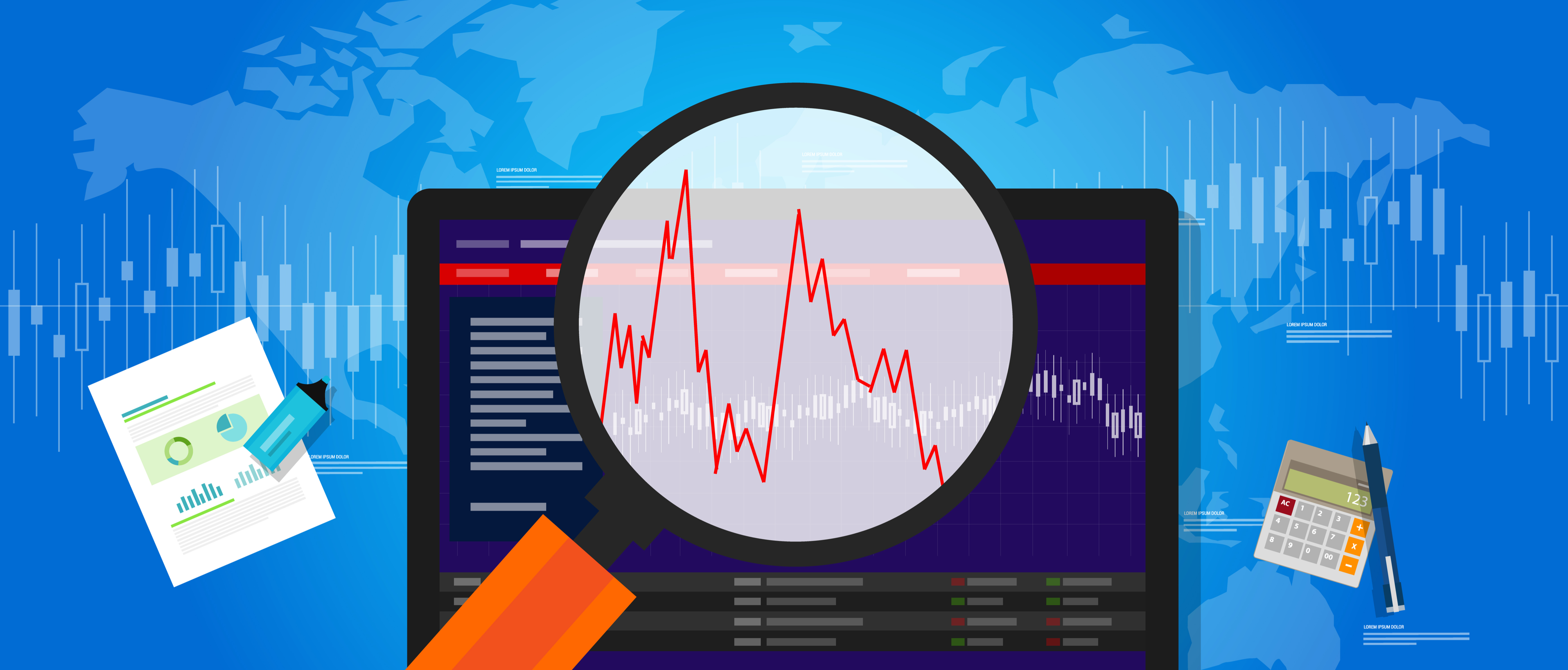As rough as the equity market waters have been to navigate in the fourth quarter, at SWS Partners, we remain encouraged by the ability to generate relative value and we detail the reasons behind this belief in the latest installment of From the Desk of the CIO: Volatility in Context.
The following is an excerpt. You can download a copy of our research by clicking here.
The fourth quarter is shaping up to be a mini identity crisis for the domestic equity markets, as it figures out whether to conclude the year in the red or black. Influences of its fluctuations continue to stack up, spanning geopolitics, trade, commodity pricing, and central banking influences, to name a few, while algorithmic participants quickly pounce on any news that possibly portends an impending downturn (looking squarely at you, yield curve slope!). As rough as these waters have been to navigate, we remain encouraged by the ability to generate relative value, reasons behind which we will discuss momentarily. But first, a quick sidebar on the exercise of sorting through macroeconomic news-flow noise.

Portfolio managers tend to have biases for the sources of inputs that impact their investment decisions, with a wide array of opinions on the utility of a macro view- point. Some devise and manage strategies that attempt to predict the economic cycle, while others focus on bottom-up fundamental merits and dismiss top-down efforts as distractions. The natural tendency is to stick with what you know and what has worked. The problem with this approach is that by focusing solely on inputs to your analyses that have worked over a period of time, you miss inflections derived from the periphery. We believe that an assessment of the macro backdrop is one important tool among a host of many others that can make our analysis more robust.
Back to news of late: We see recent market price swings as signs of it wrestling with two primary factors:
-
Central bank policies pertaining to interest rates, and
-
Tariff escalations.
We unpack both in the context of price reaction we’re seeing.
Download the rest of our research by clicking here or the image below.